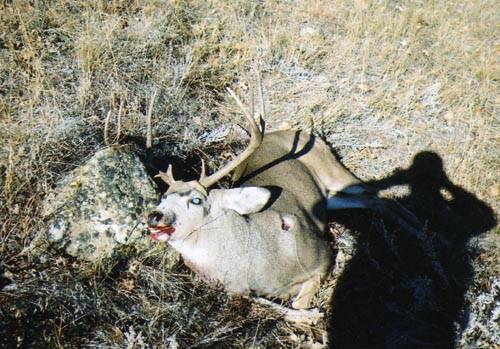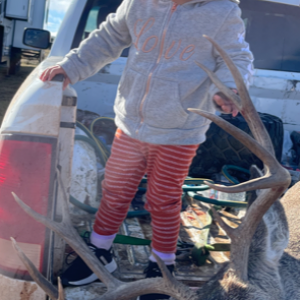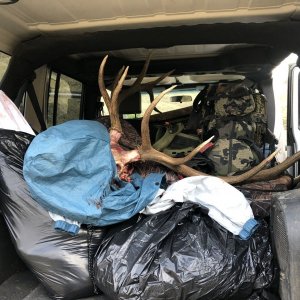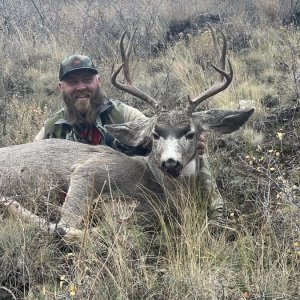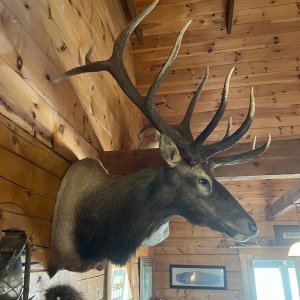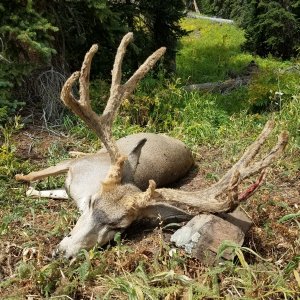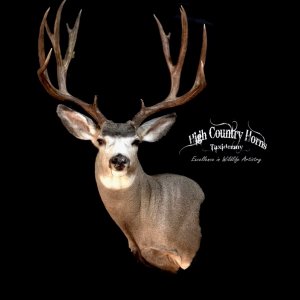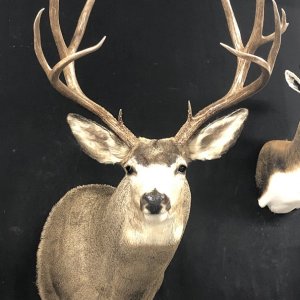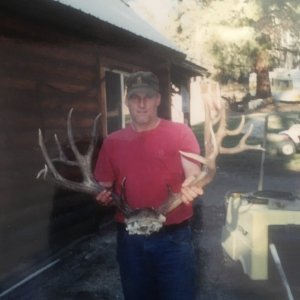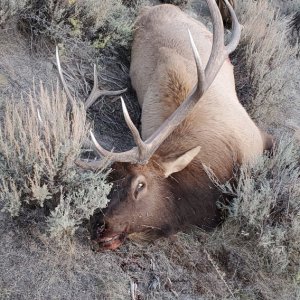R
rost495
Guest
Group question.
Of course dead is dead and thats not arguable. But a bullet or arrow can kill, and still have failed its intended purpose. IE on that shot it worked but it was so iffy will it work next time?
Personally I'll say its got to be 75% plus retained weight with no core/jacket seperation. Core seperation can be the worst thing to happen as the jacket retains no weight and the pieces of lead can veer so far off course that even though they act as shrapnel, on a marginal shot they may be actually directed away from vital areas through their loss of aerodynamic shape.
Thoughts? Later when I have time I'd like to post some post mortem results and see what the thoughts are after that.
Jeff
Of course dead is dead and thats not arguable. But a bullet or arrow can kill, and still have failed its intended purpose. IE on that shot it worked but it was so iffy will it work next time?
Personally I'll say its got to be 75% plus retained weight with no core/jacket seperation. Core seperation can be the worst thing to happen as the jacket retains no weight and the pieces of lead can veer so far off course that even though they act as shrapnel, on a marginal shot they may be actually directed away from vital areas through their loss of aerodynamic shape.
Thoughts? Later when I have time I'd like to post some post mortem results and see what the thoughts are after that.
Jeff

